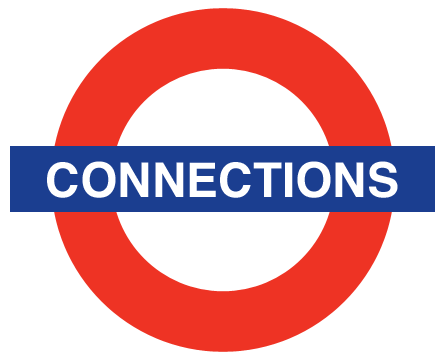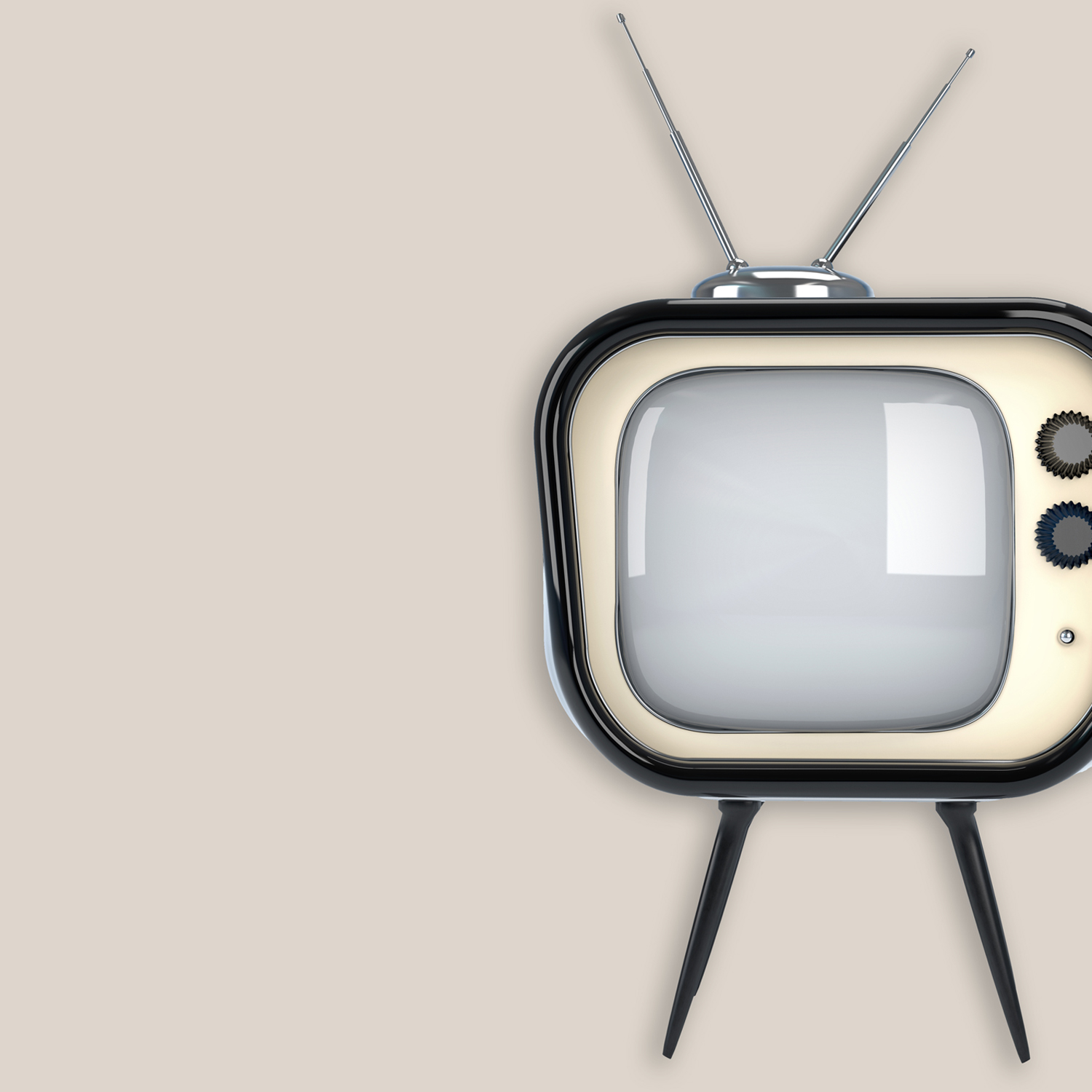
Do you want to know how to write a treatment and learn how to structure your series narrative?
You may have found there is precious little out there on the Internet about Television Series Treatments. Google ‘Treatments’ and you will get a fair amount about writing Treatments for Features. A single film Treatment is not much more than a scene by scene beat sheet/breakdown of the plot and content. There are added elements about tone, usually a ton of pictures, and character biographies but in the main, it is the story breakdown that Feature Treatments focus on.
If you Google ‘Television Treatments’ you will, I hope, get my blog ‘Writing a Treatment for Television Series’ which shows you how to write a good television series treatment and some of my methods I use to control series narrative, when working with my writers via my Development Packages.
There is a reason why there’s a scarcity of information for writers wanting to tackle the issue of Television Treatments. This is because Producers and Development Execs alike, use Treatments often inhouse, to develop a tv series idea from scratch. They use the Treatment to control the tone, message, shape and content of the series narrative and its world and as a result, this document; once the project has gone into production, is no longer needed and comes out of circulation. Because too, copyright is an issue, inhouse Development teams and Production Companies don’t broadcast their development slate via the Treatments they are using to support their dramas’ journeys to screen.
If you are a writer working with your Agent on an idea or solo and it’s just you and your imagination, Treatments are an essential way to start the conversation with those you are working with and also with yourself. Again, because Treatment writing is often the first stage in the development journey of a television drama series, the document written at this point, is often the way to open the conversation with those who could potentially make the story real. Treatments for television then, form an integral part of the dialogue between the writer and their agent, or the writer and themselves and ultimately the writer and the Production Company. The Treatment is often the first document a Producer will read before committing to the 60-page script of the Pilot episode, this is why learning how to write a treatment is imperative.
When the development conversation has continued to the point of focusing on the Pilot, the Treatment is often no longer centre stage and it’s all about that first episode. But Producers will return to the Treatment (and writers will be required to do so too) to consider the continuing arc of the series and subsequent episodes. This again is a useful document to have to hand when discussing the longevity of the world you have created. Here too, the bigger Sister of the Treatment, the Series Outline will be brought into the conversation.
WHAT DOES A TELEVISION SERIES TREATMENT LOOK LIKE?
I am not a huge fan of pictures in a Television Treatment. As a Producer with the attention span of a Goldfish and a visceral negative reaction to anything extraneous or ‘filler’ in a treatment, I would say that using imagery to augment your story is a good idea only if those images do just that. They need to enhance the reader’s experience of the world you are presenting in a concentrated distillation of the big picture. Images make sense if the world you want the potential Producer to engage with, is one they may not have direct experience of. So obviously, any Sci Fi or fantasy world, or also if your story focuses on a particular time or point in history. Recently, I helped a writer duo create a comedy series all about the world of Post Production in a specific period of our recent history all set in London’s Soho. Images then, helped to focus the mind and give a flavour. So in a nutshell, I think Treatments should use imagery sparingly and only to create impact, never as an extraneous ‘add on’.
HOW MANY PAGES SHOULD A TREATMENT HAVE?
Again, I am speaking purely from experience and my own personal taste, but over the 25+ years I have worked as a Script Editor, Development Exec and Producer of long-running dramas, I can honestly say a treatment running longer than 10 pages makes my heart sink. I have said this before (and probably will do so again) Producers are cash-rich potentially, but time-poor. They do not want to read reams of pages. They want to get to the heart of the series you are presenting quickly, painlessly and with enjoyment. This is why I developed over the years of writing and reading them, a Treatment Template. I quote the template in my blogs and it also features in my book Writing for Television Series Serials and Soaps.
HOW TO USE A TREATMENT WHEN DEVELOPING YOUR TELEVISION SERIES
THE IMPORTANCE OF TITLES:
I always start when working with my writers and in my own writing, with the Title. It doesn’t come immediately to a lot of writers and that’s ok because in the working up of your idea, a line or phrase will come up more than most which may be your actual title or at least lead you to the right one. The Title is a tempting nugget for a Producer. The best ones sum up the world in such a way as to make them wonder about the stories and the people who sit under this title. Sometimes the title does what it says on the tin; ‘Succession’ for example. But it is a strong title for all its simplicity. We are under no illusion from the start that this muscular series is all about who shall take the throne when the King has gone. ‘This Is Us’ also does what it says it will, which is to outline the trials and tribulations of a certain group of people and in this exploration, we see ourselves reflected. In the work I am developing with writers now and in the wider reading of new ideas I see a reflective edge coming in, a need for answers, a quest for truth and enlightenment. ‘Love Life’, ‘Us’, and also ‘Life’ are titles exploring this current Zeitgeist.
The right title will also help focus your imagination and story telling method. The title is the same in my book, as The Narrative Through line which is the central thrust, the main story engine, running through the series as a whole. Imagine the series as a stick of Blackpool rock. The word Blackpool can be found if you cut it anywhere along its length. The same concept applies to your series narrative. Pick out any episode in the series arc of for eg: Happy Valley and you will find the title resonates with the themes and the tone and the world of this layered, flawed, idyllic valley in West Yorkshire penned by Sally Wainwright.
Television series story telling is all about structure and nailing what the Narrative Through line is, and hanging that over your episode structure in the form of a title will give you much needed shape and also give you parameters between which you create your story lines.
HOW LONG SHOULD MY SERIES BE?
The early issue to solve when working either with a Development Script Editor/Consultant or on your own, is how many episodes your story spans across the series arc. This is important to get right as your story needs to find the right shape, the right stretch and the correct length in order for it to engage, hit home and be retained by a reader/potential producer. Treatments are a great way of working out how far your story will stretch.
In the first instance, consider the tone and pace of your story. Is this a 60 page hour of tv drama or would the pace and story type sit better in a 30 minute format? Writers often ask me about the length of a television hour. The Old School approach is to stick to 60 pages and for half hour formats, 30 pages. This is because one minute is one page (again, rule of thumb and a standard set for donkey’s years). This is important, because making your page one minute of drama ensures a Producer understands, at first glance, the length of the script they are reading. I usually work to these lengths. However, there is an industry standard that can span from 45-75 pages and for half hours 22 – 45 pages. In my experience, if a script you want to span an hour is coming in at 45 pages not 60, the chances are you are hitting the wrong format and need to either develop further strands for your hour or reduce the whole format down to a half hour. Also, obviously, a script in production and to be transmitted, will have to be topped and tailed by the credits and also if for a commercial Broadcaster; the advert breaks. Increasingly though, series narratives are free of the ad break prison due to the rise in Streaming platforms. And here too, hour dramas run at 50+ minutes and half hours sometimes come in nearer 45 minutes.
It is safest and easiest when developing an idea for television, to write to its fullest capacity so if you are considering an hourly format, make it 60 pages packed with layers, twists and turns and you won’t go far wrong.
A PARAGRAPH OF TASTY DESCRIPTION:
I am loathe to suggest this at any time within the television developmental process, but here in the Treatment I encourage writers to imagine they are setting out the scene of the world they are inviting a Producer to enter. So here, use visual, descriptive language and give your imagination a free rein. Television is a visual medium essentially and because it is the characters populating the world you create that tell the story by their actions and internal drives, we do not spend any time in the script writing, describing in minute detail, the world we see. That is the stuff of novels. We are all about pushing the story on through the method of scenes cut together in such a way to engage and hold an audience for a protracted length of time. But here, in the Treatment, I feel it is right and proper to give the jaded Producer a taste of something intriguing, fabulous, exciting or emotive.
CHARACTER ARCS:
In my development work with writers I don’t talk about Character Biographies. As a Producer, I used to find them dull, uninspiring and just another load of information I had to read in order to get to the good bit – the story. So over the years working with writers and running script editor teams, I have developed the idea of Character Arcs. This is a way of combining the essential biography element of a character and their story line. Character makes plot. Without a character you have no story. Plot is not just action it has working within and under it at all times, the Subtext and this is what drives Character. Character+subtext=plot. And so, in the Treatment, I encourage my writers to work out what is the broad stroke arc of the story for this particular character and why are they following this path. The story – what happens to the character and why – informs us and them about themselves and so we have character progression and development all by plotting and marking out the footfall of the character across a series length of episodes.
BROAD STROKE STORY ARCS:
I think it is useful to consider in the Treatment, (again initially for yourself, and then later for the illumination and education of the Producer) the broad story arc of the subsequent episodes – those that follow the Pilot episode.
Initially I should say that in my treatment template, I suggest you outline the Pilot episode scene by scene. This is to give the Producer a concrete idea of how the all important first episode spans out and how it lands. This is where my internal fear of a long page count kicks in. Approach this task like a Journalist who is time strapped. Be succinct, visual and above all concise. Do not go into ‘he said she said’ or extraneous descriptive detail it is not necessary nor wanted. How the story literally pans out over the hour or half hour is what a Producer needs to know here.
Then the broad strokes of the story going forward makes all the more sense. It is hard to get this right in my experience. Writers tend to either under write or over write. But the key is to identify the jump off point for each of your characters and across the span of the series length, land on their particular mid point and give us a clear idea of where they land at the end of the series. A Producer will thank you.
You can write your tv Treatment with me over six weeks online, in November as part of my Online Tv Writing School check out the detail here
10 writers 10 tv series ideas that over the time frame I will help you shape and structure and make shiny and professional looking so you can go forward into writing your Pilot and maybe starting conversations of your own with potential Producers.
I hope to work with you on this course, so you can learn how to write a treatment on November 9th until December 17th 2020.
Happy Writing!





